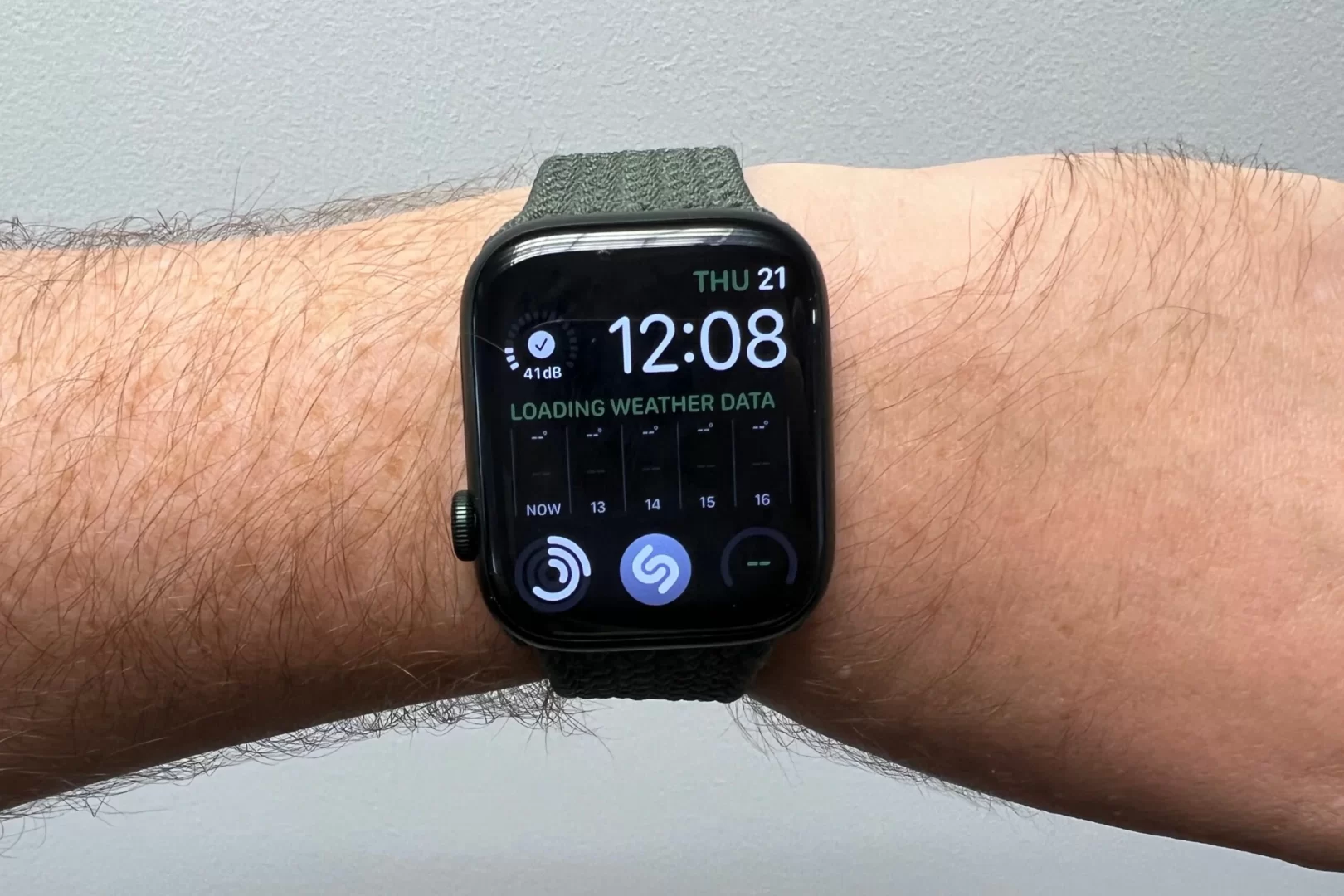Unfortunately, it is unlikely to happen for the first generation.
If you’re the type to interpret Apple Event taglines, the “Far Out” event next week certainly feels… space-y. It has prompted Apple watchers to resurrect theories that Apple is working on satellite features for emergency communications — both for the iPhone and possibly the rumoured Apple Watch Pro. Because the Apple Watch Pro is intended to compete with Garmin, satellite features could make it a serious contender in the multisport GPS watch space.
Apple has a lot of work to do in order to truly compete in this space. The first and second items on the list are extended battery life and increased durability. In these two areas, the competition — Garmin, Polar, and Coros — can run laps around the Apple Watch. But if there is one area where Apple already has a significant advantage, it is in emergency calling features and fall detection.
Reliable emergency communication is critical for daring adventurers and could save their lives. Although GPS and LTE connectivity have improved over time, there are still many remote areas where you can’t get a signal. Even experienced hikers, campers, and endurance athletes can become disoriented or trapped if they become injured in a cellular dead zone. As a result, many people carry satellite phones or Garmin’s inReach devices, which are handheld two-way satellite communicators with location-sharing capabilities. However, these devices can be bulky and heavy, and athletes almost always prefer to be light and nimble.
The issue right now is that Apple’s emergency contact features rely on LTE connectivity. As a result, it is more dependable in everyday situations than for outdoor enthusiasts. Similarly, Garmin has fall detection and emergency contact features on many of its smartwatches, but they rely on your phone for signal or require pairing with an inReach device.
Satellite features are currently available on some high-end multisport watches. The problem is that they are more concerned with improving location accuracy than with emergency communication. Dual-frequency satellite communication or multi-band GPS are used by watches such as the Garmin Fenix 7 and the Coros Vertix 2. GPS had two frequencies at first: L1 for civilian use and L2 for military use. However, there is a newer frequency known as L5. Although it is not yet perfect, watches that support dual-frequency satellite communication have improved location accuracy in difficult environments. They can’t yet relay that information unless your phone has a signal as well.
A smartwatch that can connect via LTE and satellite for emergency communications and location sharing? It’s easy to see why outdoor enthusiasts would find that appealing.
Unfortunately, it does not appear likely that the first generation Apple Watch Pro will include satellite capabilities. Bloomberg’s Mark Gurman noted in his most recent Power On newsletter that while Apple had internally discussed adding satellite features to the Apple Watches, it would “make sense for a future version of the new more rugged Apple Watch Pro.”
That’s a little disappointing, but not entirely unexpected. Even if Apple is capable of developing hardware that supports satellite connectivity, it must still negotiate with wireless carriers. According to Apple analyst Ming-Chi Kuo, the feature was completed for the iPhone 13, but Apple couldn’t figure out how to make it a reality.
Nonetheless, it’s an enticing prospect given that Apple is still playing catch-up in terms of multiday battery life and durability. Of course, it is also contingent on the so-called Pro performing well enough to warrant a second or third iteration. But what if Apple makes it work? That would certainly create a stir.








